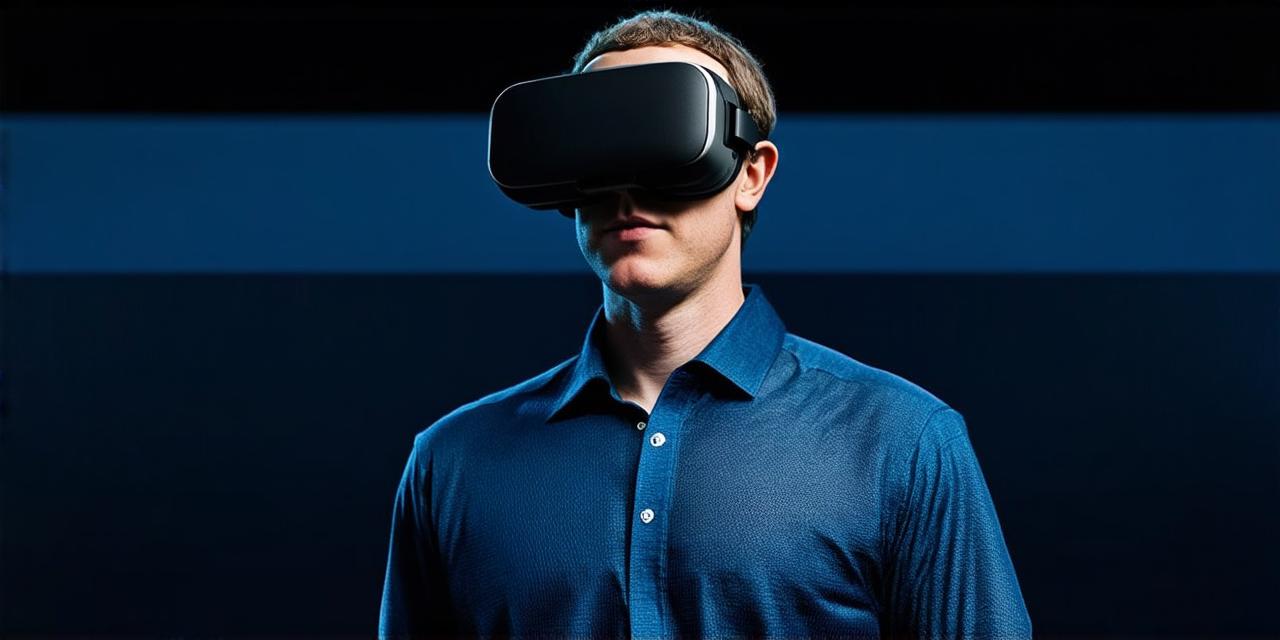Hardware Requirements
One of the main limitations of VR is the hardware required to run it. To experience VR, a powerful computer or gaming console with the latest VR technology is necessary. For example, the Oculus Quest 2 requires a PC with an Intel Core i5-4460 processor or AMD FX 8350 processor and at least 8GB of RAM. Additionally, VR headsets require high-resolution displays, powerful graphics cards, and fast refresh rates.
The hardware requirements for VR can be a significant barrier to entry, especially for those who do not have access to the latest technology. Developing countries where computers and internet access are limited may struggle to afford and maintain the necessary equipment. Furthermore, the cost of high-end VR equipment can be prohibitive, making it difficult for individuals and small businesses to invest in this technology.
Content Creation
Another limitation of VR is the lack of content available. While there are many VR games and experiences available, there are still not enough to satisfy the growing demand for this technology. Moreover, creating VR content can be a challenging and expensive process that requires specialized skills and equipment.
Developing VR content involves capturing 360-degree video footage of real-world environments or creating artificial environments using computer-generated imagery (CGI). The process requires powerful computers and specialized software, which can be expensive to purchase and operate. Additionally, the creation of interactive experiences in VR requires advanced programming skills, making it difficult for small businesses and individual developers to create content.
Social Isolation
One of the most significant drawbacks of VR is the potential for social isolation. While VR can provide an immersive and engaging experience, it can also disconnect users from the real world and their fellow human beings. For example, when people spend too much time in VR, they may become less interested in social activities or lose touch with reality altogether.
Furthermore, some studies have shown that spending extended periods of time in VR can lead to feelings of loneliness and depression. This is particularly true for individuals who are already prone to social isolation, such as those who live alone or have limited social skills.
Motion Sickness
Motion sickness is a common problem experienced by people who use VR. It occurs when the brain’s balance and sense of movement are disrupted, resulting in feelings of nausea, dizziness, and headaches. Motion sickness can be particularly problematic for individuals who are prone to motion sickness, such as those who travel frequently or have certain medical conditions.
Moreover, motion sickness can limit the effectiveness of VR experiences, especially in cases where users need to interact with virtual environments for extended periods. In some cases, motion sickness may even prevent users from using VR at all, which can be a significant barrier to entry.
Ethical Concerns
Finally, there are ethical concerns surrounding the use of VR that must be addressed. For example, some people may feel uncomfortable with the idea of simulating real-world experiences and interacting with virtual characters in a way that can seem dehumanizing or unethical. Additionally, there is a risk that VR could be used to promote harmful or offensive content that could have negative consequences for society as a whole.
Furthermore, the use of VR in areas such as warfare and military training raises ethical concerns about the impact on real-world conflicts and the potential for violence and aggression. As such, it is essential to carefully consider the ethical implications of VR technology and ensure that its development and use are guided by principles of responsibility, compassion, and respect for human dignity.

Summary
In conclusion, virtual reality technology has significant potential benefits but also several limitations that must be considered before widespread adoption. Hardware requirements, lack of content, social isolation, motion sickness, and ethical concerns all pose significant barriers to the widespread adoption of VR. However, these challenges are not insurmountable, and with careful planning and development, VR can continue to evolve and play an important role in our lives. As AR developers, it is essential to understand the limitations of virtual reality technology and develop solutions that address these challenges. By doing so, we can create a more inclusive and accessible world where people can connect with each other and engage with new experiences in innovative ways.




